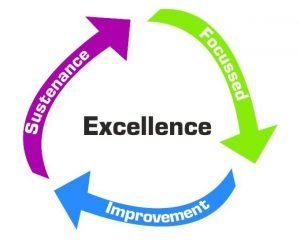In the Lean world, Automation is not just about using machines — it’s about using technology smartly to eliminate waste, improve accuracy, and enhance productivity.
When applied correctly, automation helps teams focus on value-added tasks, reduce errors, and achieve consistent, high-quality results.

⚙️ What is Automation in Lean?
Automation refers to the use of technology, machines, or digital systems to perform repetitive or time-consuming tasks with minimal human intervention.
Lean focuses on the concept of “Autonomation” or Jidoka — automation with a human touch — where machines stop automatically when an abnormality occurs, ensuring built-in quality and safety.
Automation supports Lean goals by reducing manual errors, motion waste, and process variation, creating a seamless and efficient workflow.
🧩 Types of Automation
-
Process Automation: Streamlining administrative or production workflows
-
Digital Automation: Using IoT, AI, or software systems to enhance data flow
-
Robotic Automation: Deploying robots or cobots for repetitive physical tasks
-
Autonomation (Jidoka): Smart machines that detect and correct abnormalities
🚀 Benefits of Automation
- Reduces manual intervention and human error
- Improves productivity and process reliability
- Enhances safety and consistency in operations
- Increases capacity and reduces cycle time
- Allows employees to focus on higher-value tasks
🧭 Conclusion
Automation in Lean is about working smarter, not harder.
When combined with strong process discipline, it becomes a powerful enabler of efficiency, quality, and continuous improvement.
“Automation doesn’t replace people — it empowers them to do better, faster, and smarter work.”






